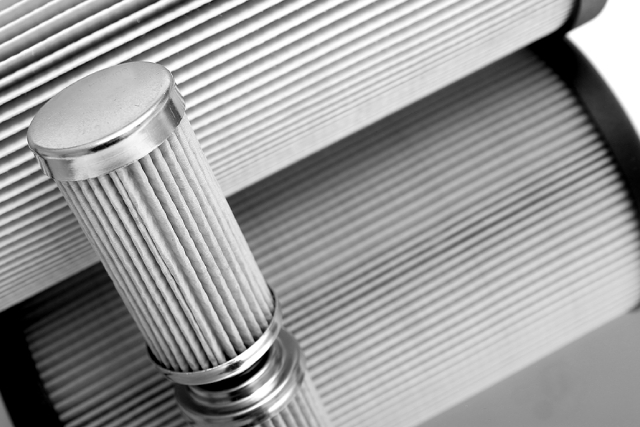
Water is vital for our survival, yet the path to safe, drinkable water has been a long journey. From basic filtration methods in medieval times to today’s sophisticated systems, how we filter water has continuously evolved. As technology has improved, so have the ways we ensure water is free from contaminants. A key part of this evolution involves the development of modern filtration methods, especially in devices like water dispensers. Understanding how water filters work in water dispensers reveals just how far we’ve come in providing clean, convenient water access.
Medieval water filtration techniques
Water filtration in medieval times was rudimentary at best. People relied primarily on natural methods, like letting water settle in jars to allow dirt and impurities to sink to the bottom. They also used sand, gravel, and cloth to strain water, though these methods only provided minimal filtration. Waterborne diseases were common, as knowledge of bacteria and viruses was nonexistent. This lack of proper filtration often led to outbreaks, emphasising the need for better water purification methods.
Advancements during the Renaissance and Industrial era
As knowledge expanded during the Renaissance, the need for cleaner water became more evident. Early scientists like Leonardo da Vinci explored filtration, studying the effects of sand and charcoal in cleaning water. However, it wasn’t until the Industrial Revolution that significant advancements were made. Cities began investing in large-scale sand filtration systems to address public health issues, marking a turning point in how communities access water. This was a key milestone in public sanitation, helping to reduce waterborne illnesses on a large scale.
The rise of modern filtration systems
The 20th century saw dramatic changes in water filtration, thanks to technological advances and a better understanding of microbiology. The introduction of chlorination, combined with sand filtration, became the gold standard for municipal water treatment. Later, activated carbon filters and reverse osmosis systems emerged, offering even more effective ways to remove impurities. These developments laid the groundwork for the home filtration systems and water dispensers we use today, ensuring that water is safe and tastes good.
Water dispensers and modern filtration systems in today’s homes and offices
Water dispensers have become a staple in both homes and workplaces, thanks to their convenience and efficiency. For instance, the availability of water dispensers in Singapore has made it easier for people to stay hydrated while avoiding the environmental pitfalls of single-use plastics. Whether it’s a high-tech dispenser with multiple filtration stages or a more basic model, these devices are key to maintaining access to clean water.
For those looking to find the right solution, choosing a reliable water dispenser supplier is crucial. These suppliers not only offer a range of products suited to various needs but also ensure that their dispensers meet the latest safety and efficiency standards.
Conclusion
The evolution of water filtration is a reflection of humanity’s ongoing quest for clean, safe drinking water. From the basic methods of medieval times to today’s cutting-edge filtration technologies, we’ve made significant strides in ensuring that every glass of water is pure. As water dispensers continue to be an essential part of our daily lives, it’s important to choose models with advanced filtration systems that deliver both safety and convenience.
For those looking to upgrade their water access, Watermaxx offers a wide range of water coolers, dispensers, and more. Whether you’re after a sleek, modern design or something with extra filtration capabilities, Watermaxx has the perfect solution for your needs.
